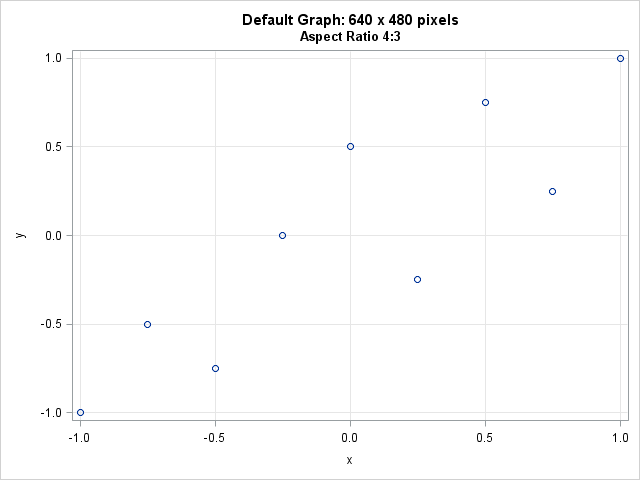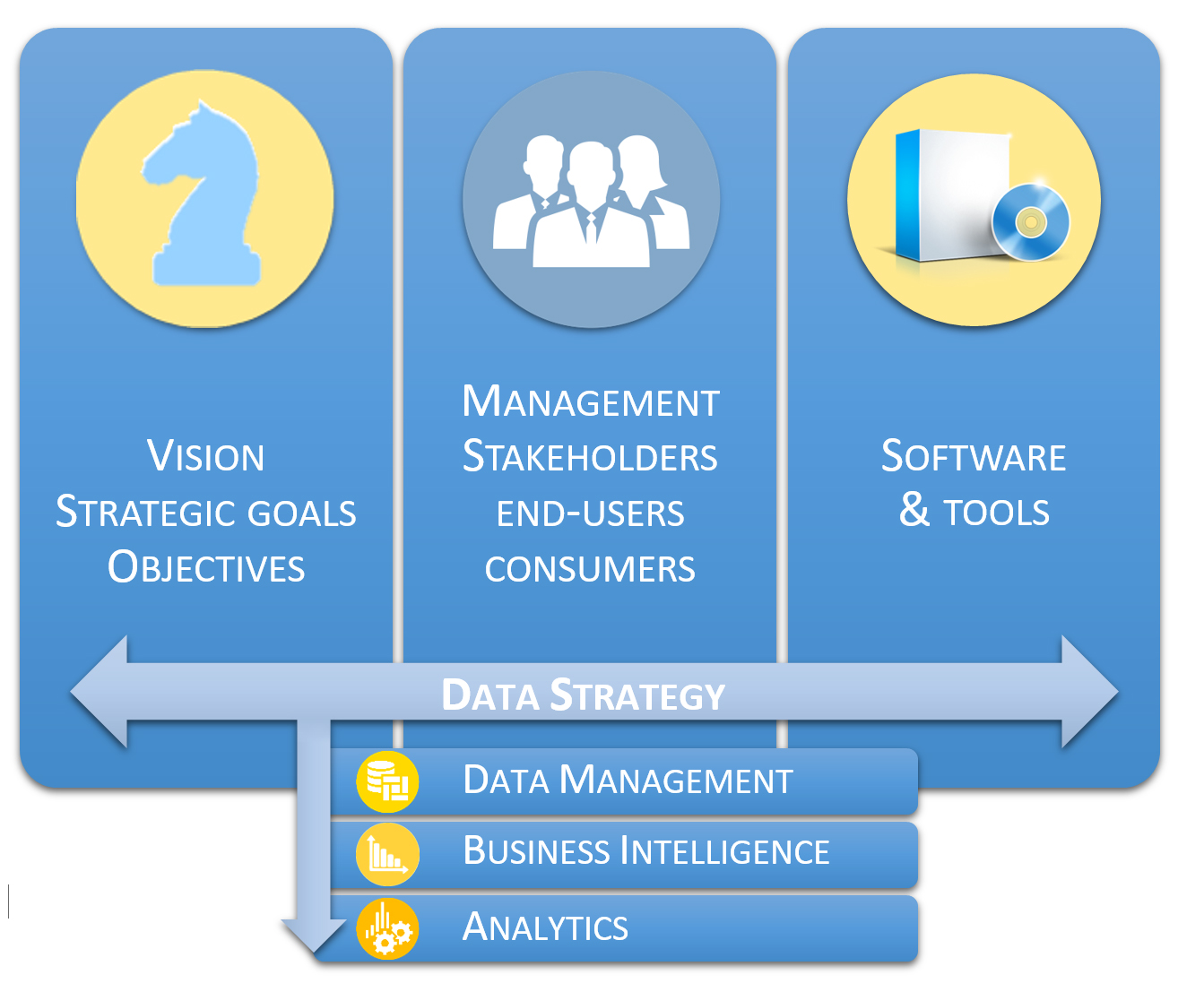
Heute gegen 15 Uhr wird das Christkind einen Ausflug zu einem irdischen Einzelhändler unternehmen – es geht um Assoziationsanalysen und Warenkörbe. So viel vorweg. Doch lesen Sie jetzt erst mal, warum diese Reise ansteht. Und ganz unten im Blog lernen Sie Herrn Mümeschmi kennen! Hier geht's zum 1. & 2.













































